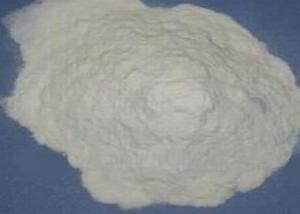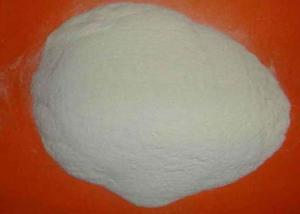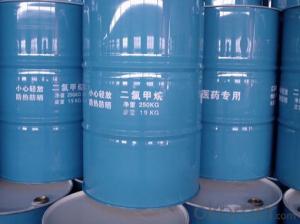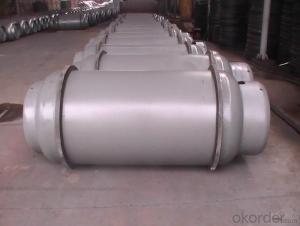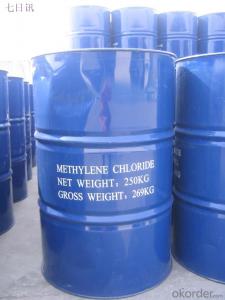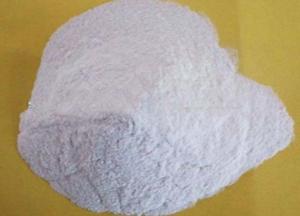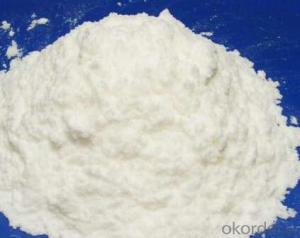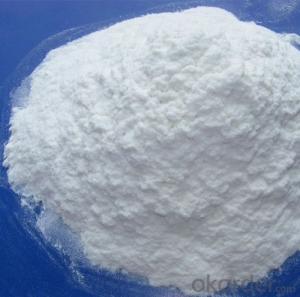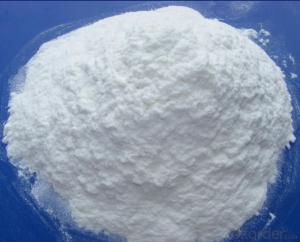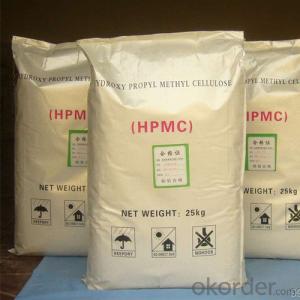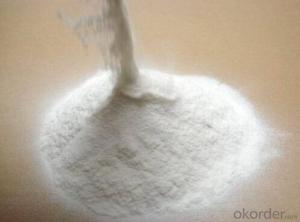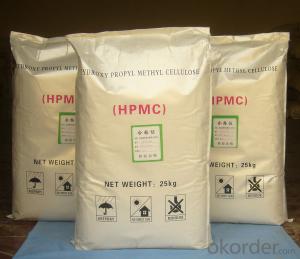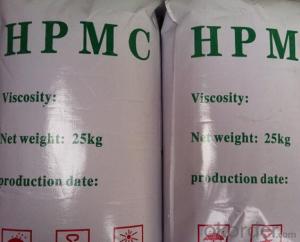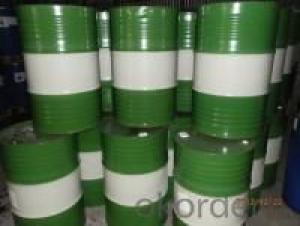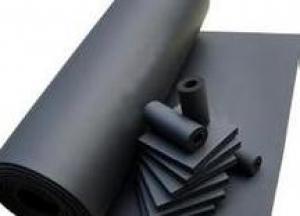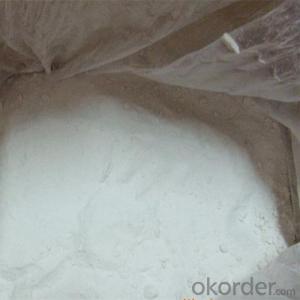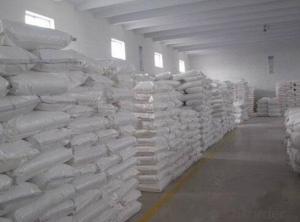Methylcellulose Medium
Methylcellulose Medium Related Searches
Hydroxypropyl Methycellulose Carboxymethyl Hydroxyethyl Cellulose Combustible Media Cleaning Substances Synthetic Lubricants Sulphonated Melamine Formaldehyde Cordless Cellular Blinds Common Household Substances Containment Liners Geosynthetic Materials Flour Combustible Ceramic Pigment Abrasive Compound Common Weave Wet Lubricants Microwavable Plush Animals Agriculture Fertilizers Non Expanded Polystyrene Maximus Lubricant Protein Powder Forming Polymers Packaging Materials Solid Polycarbonate Translucent Polycarbonate Environmental Liners Automotive Rubbers Modular Carpet Carbon Fiber Washable Rugs Modern Commercial CarpetMethylcellulose Medium Supplier & Manufacturer from China
Methylcellulose Medium is a type of growth medium that is widely used in microbiology and cell biology research. It is composed of methylcellulose, a water-soluble, non-ionic cellulose derivative, which provides a semi-solid matrix for the growth and maintenance of various microorganisms and cell cultures. This medium is particularly useful for studying the growth and behavior of bacteria, fungi, and other microorganisms under controlled conditions, as well as for applications in drug testing and screening.The application and usage scenarios of Methylcellulose Medium are diverse, making it a valuable tool in the field of life sciences. It is commonly used for the isolation and identification of microorganisms, as well as for the study of their growth patterns and interactions with various substances. Additionally, Methylcellulose Medium is employed in the development and testing of new drugs, as it can help researchers understand how different compounds affect the growth and behavior of target microorganisms. Furthermore, this medium is utilized in the cultivation of specific cell types, such as plant cells, for research purposes.
Okorder.com is a reputable wholesale supplier of Methylcellulose Medium, offering a large inventory of this essential product to researchers and laboratories worldwide. By partnering with Okorder.com, customers can benefit from competitive pricing, fast shipping, and reliable customer service, ensuring that they receive the highest quality Methylcellulose Medium for their research needs. With a commitment to providing the best products and services, Okorder.com has become a trusted source for Methylcellulose Medium and other life science supplies.
Hot Products
